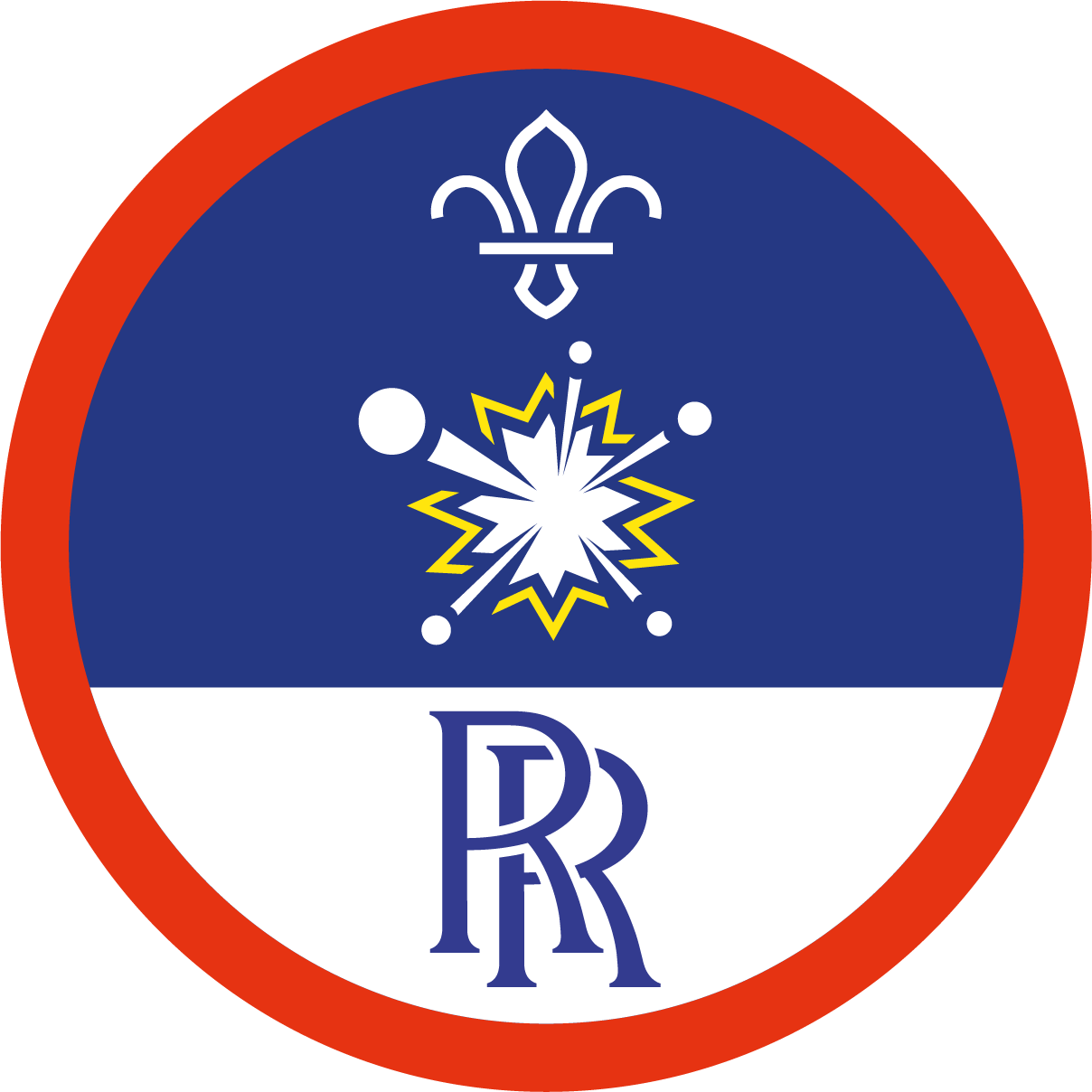
Share the science
You’ll need
- Pens or pencils
- Scrap paper
- Tables
- Chairs
- Experiment resources, as needed
Before you begin
- Before this session, everyone should already have taken part in some activities that explored the science behind some of your regular activities. This is important as one of those activities will be the basis for this session.
- Planning and completing this project may take a number of weeks. This activity could be run over the course of a camp, across several sessions or away from your meetings (at home, for instance).
- If anyone working towards the Scouts Scientist Activity Badge doesn’t want to do this project, an alternative is to plan and run an experiment of their own to investigate an activity they’ve done.
Run the activity
- Split into pairs or small groups to work on the project together. Everyone will need paper, pens or pencils and a space to work.
- Groups should think of the activities, projects and investigations they’ve completed and come up with a favourite to talk about. It might be more useful to think of the science they’d like to discuss first and then choose an activity to demonstrate it with.
- Groups should agree on how they’ll present the information for the activity, investigation or experiment they’ve settled on.
- One way to start working on the presentation is to make a storyboard. Think about which aspects of the science they’d most like to focus on and draw some rough sketches of how this would be presented. Each part should be assigned to a person in the group.
- Use the finished storyboard to begin work on resources and run through the presentation. They should list any equipment, materials and resources they’ll need.
- Test any live experiments or activities the group are using in one of your sessions. Have groups who are doing this run through their experiments and activities with other members of the group as the audience members/participants. Groups should get feedback on their presentation to see how it was received and what they might need to change before the real performance.
- Think about how you’ll share your resources with the audience, so that they can try for themselves. This may need to be carefully risk assessed.
Reflection
Clear and engaging communication is really important, especially when you’re teaching people something new. This activity was all about sharing the science behind an activity you love – did anyone find it easy or difficult talking about something they like? Everyone had to think of a creative way to share something they’ve learned. Were there lots of ideas or was it difficult to think of a fun way to share the information? Ask the groups how they felt sharing their science with others, was anyone excited or nervous?
Make sure you congratulate anyone who took a turn speaking in front of others or demonstrating experiments. Some people find it really hard to stand up and speak in front of others but sharing an activity you love with some friends is a great way to get some practice. And you know what they say, practice makes perfect.
Safety
All activities must be safely managed. You must complete a thorough risk assessment and take appropriate steps to reduce risk. Use the safety checklist to help you plan and risk assess your activity. Always get approval for the activity, and have suitable supervision and an InTouch process.
- Science
Supervise young people, and only do science activities that are advised and age appropriate for your section. Test activities first, to make sure you’re confident you can lead them safely. Use protective clothing where necessary.
- More detailed experiments, exploring more different variables, features and activities, will be more challenging to run.
- If the groups have completed similar experiments or investigated the same activity, challenge them to think of an interesting and creative way to share what they’ve learned.
- Consider different learning styles when making presentations.
- Groups giving presentations should also consider their own preferences for delivering a presentation. Some might prefer to pre-record themselves, rather than giving the presentation live. Some might prefer to write instructions or film, rather than appear in a video.
All Scout activities should be inclusive and accessible.
Think about how groups are presenting their information, and see if they could use it to count towards another badge like the Scouts Photographer Activity Badge. Groups should think about visiting younger sections to help them achieve their Cubs Scientist Activity Badge or Beavers Experiment Activity Badge.
This activity lets everyone take the wheel and decide for themselves what to investigate. Make sure to support everyone so that they’re comfortable going ahead with their plans.
